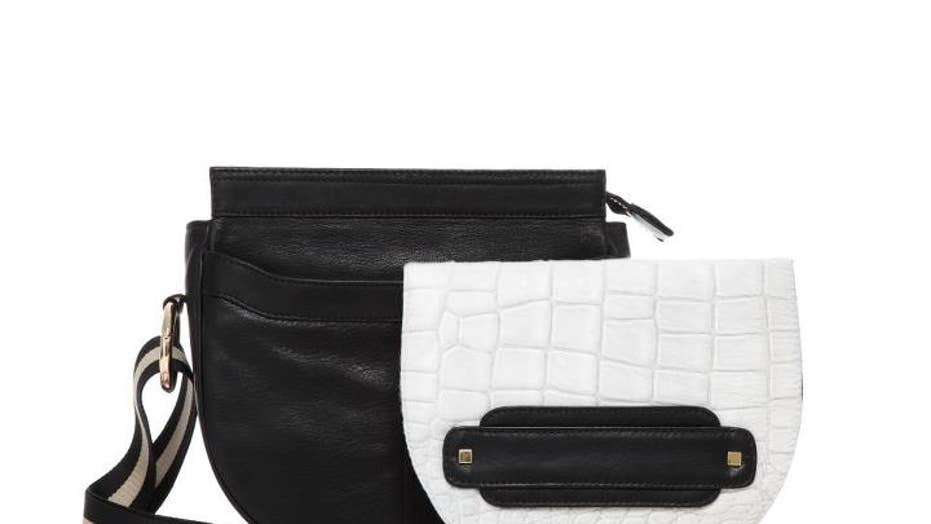At only 29 old, Venezuelan born handbag designer Alexandra Satine has created a handbag for women as multi-faceted as they are. Positioning herself in the accessories world as a leading contender, her luxury, leather, convertible bags have been featured in top publications like Lucky, InStyle, People, and OK magazines, and can be found in over 52 boutiques in the US.
In a market saturated with form over function, Satine has found her niche.
Born in Caracas and raised in Valencia, Venezuela, Satine received her Graphic Design degree from the American Academy of Art in Chicago. Knowing she wanted to mesh her graphic design skills with her fashion interests, she studied at the Parsons School in Paris.
“My designs are influenced by the classic and trendy style of South American women. The shapes and color choices are in many ways have a distinct Latin flavor. They’re very classically Venezuelan,” Satine says.
In 2002, Satine came to New York to intern and later work for Jones New York, in the apparel department. She worked with Jones for six years before branching out on her own. She explains she chose to design handbags versus clothing because she saw an opening in the market and wanted to try to create something totally unique.
Her first bag was called “Day Into Night”. It became an instant hit. Like a Japanese transformer toy, the bag easily converts from tote to clutch in seconds.
According to StyleCareer.com, 44% of girls over 13 have already bought a bag for themselves and the average woman buys at least three handbags a year.
“Bags have become a statement piece. They’re more than just something to carry things in. Our bags are made in Colombia using high-quality leather, they’re multi-functional and I work to keep them at a price women can feel comfortable with,” Satine says.
Being an emerging brand has been a challenge for Satine—especially in her home country of Venezuela. She says it’s the luxury brand market she’s struggling to go toe to toe with.
“And the press there has all but ignored me,” Satine says.
The reason: Latin Americans are brand driven.
“Wearing a brand identifies you socially. When a bag is on a waiting list or everyone knows the cost, it becomes more desirable,” she said. “Big companies can afford to do big marketing. Brazil may be one of the only countries where emerging designers are appreciated.’’
What Satine has done well, despite her lesser-known name, is develop a handbag for the newest demographic of working women who demand form and function in their wardrobes. Gone are the days of clunky briefcases and ugly diaper bags. Evidenced by the newest supplement to Marie Claire magazine called Marie Claire @ Work. Workingwomen want high fashion to match their high-powered jobs.
“Women who by my bags are looking for bags as multi-tasking as they are. They have hectic lifestyles. They’re super-women–busy moms and working women,” she said. “They demand practicality that looks fashionable. This is what’s happening in the apparel world as well. It all has to fit together. They have it all and they want it all.”

